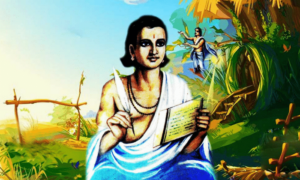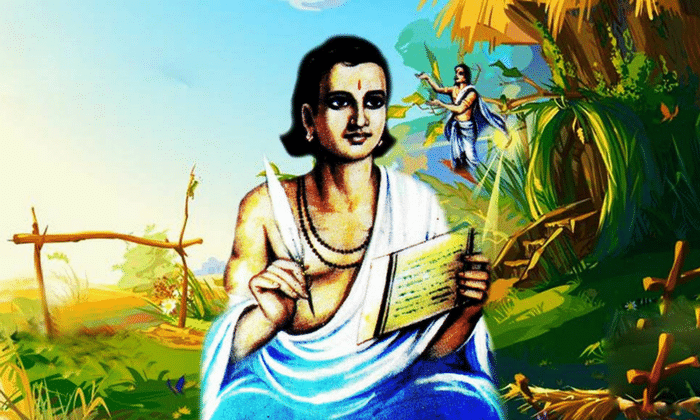
NEW DELHI: One of the most lively and exuberant of Kalidasa’s extant works “Ritusamhara”, which is now translated into English, is an ode to nature’s bounty and the enduring emotional response it evokes in mankind as a whole.
“Ritusamharam: A Gathering of Seasons”, brought out in English by well-known translator of Sanskrit classics and long-time career diplomat A N D Haksar, offers insights into the human condition.
According to Haksar, “Ritusamharam” is perhaps the simplest and lightest of Kalidasa’s seven extant works, which include two each of epic and lyrical poetry, and three dramatic plays.
It is a collection of ‘subhashita’, or “well said” poetic epigrams about the different seasons according to which ancient Indians divided the whole year.
“This work consists of six cantos of lyrical verses one for each season. Four of these that is, spring, summer, autumn and winter are well known over the world. There is also the rainy or monsoon season, a regular feature of South Asia. Yet another translated here as The Onset of Winter’ is a season that was seen in older times as marking the change from autumn to winter. Each of the six seasons covered two lunar months of the ancient Indian calendar,” he says.
Recounted as a celebration of the passing seasons, the book, published by Penguin, captures the myriad facets of love and longing.
And this it does in a kaleidoscope of sumptuous imagery: the mischievous moonlight that, like a pining lover, steals glances at sleeping maidens; the monsoon-bloated rivers that rush to the sea with a lustful urgency; the flame of lovemaking that is kindled anew at the onset of winter; the heady scent of mango blossoms that makes even the most unyielding of hearts quiver.
Even animals, big and small, are swept into the playful pattern of the great poet’s lyrical homage.
The language of these lyric verses is simple, largely free of ‘alamkaras’ or poetic figures of speech typical of classical Sanskrit, and thus easier to follow. Their imagery is picturesque and vibrant.
The beauties of nature and the charm of human relations invoked in them do not appear to have any hidden or abstruse meaning other than what is actually said, Haksar says.
The invocations of ‘Ritusamharam’ bring natural features to life.
“These include light and darkness, flaming fire and streaming rain, fierce heat and frosty cold, winds and clouds, hills and rivers, trees and flowers, farms and fields. Also enlivened are animals, big and small, gentle or fierce, ranging from lions to elephants, pigs to buffaloes, frogs to beetles, bees to serpents.
“Birds of all kinds, from peacocks to cuckoos and geese, are also portrayed in lively detail. The splendor of nature is related colorfully to human beauty, longing and eagerness, and the delights of union between lovers. There is little of the verbal jugglery common in later Sanskrit verse,” Haksar says.
According to legend, Kalidasa lived at the end of the fourth century, and was one the ‘nine jewels’ in the court of the Gupta king Chandragupta II. Although very little is known about his life, Kalidasa’s popularity and influence has endured for centuries. PTI






